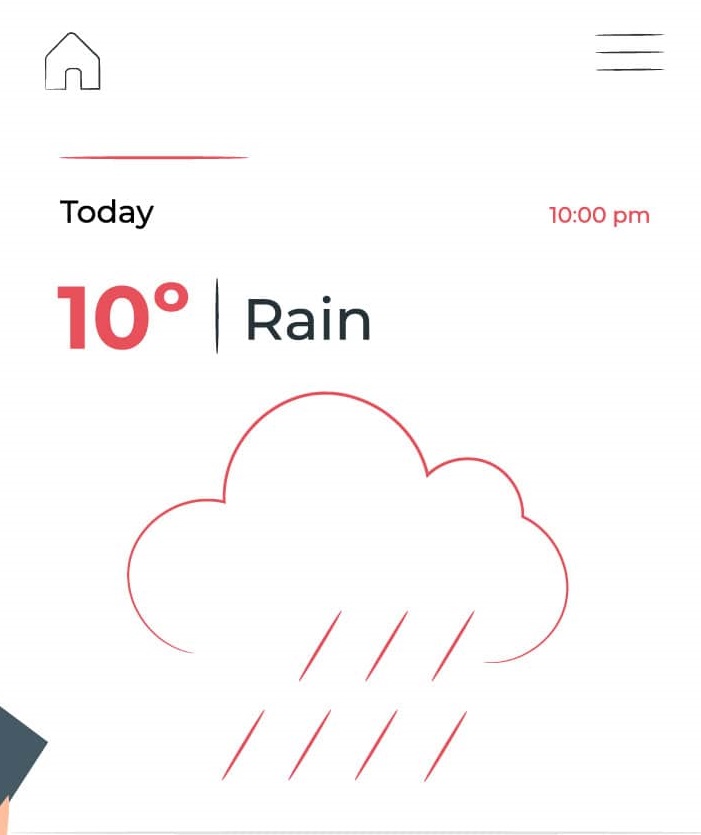Need some information about the commodity grain market? Here are some tips to help you get started:
Author Archives: Search Berg
Farmers have always had to face a plethora of risks when it comes to the production and distribution process. From the rampant uncertainty of the weather to the difficulties that come with finding the right market for their agricultural products, farmers running agribusinesses don’t have it easy.
Weather forecasts help farmers ensure pest and disease control in time to minimize crop wastage. Here are some reasons why weather forecasts are important in Agriculture:
When it comes to marketing, most of us know some of the basics—putting up posters around town, spreading word of mouth about your business, and indulging in digital marketing. Although that’s just the tip of the iceberg, there’s something farmers must do before they begin marketing their products—and that’s market research.
Starting an agribusiness is no walk in the park. Your product may be one of the best things that could ever happen to your potential customers, but you won’t ever know until you’ve found the right market for it.
Using options on a futures contract is a less risky way to step into the futures market. Novice producers (farmers and ranchers) and buyers of agricultural commodities can begin by trading futures options instead of directly approaching the market. You’re exposed to less market volatility and price risk when you purchase or sell a futures contract using options. If you want to start trading futures options, this blog will serve as a guide for you.
There are about 2 million farms operating in the U.S.. How do you know that you’re reaching the right farmer for your product? There are three key points you should keep in mind when marketing to farmers:
COVID-19 is set to leave the economies without enough pigs to meet the rising consumer demand for pork and other red meats. This increasing demand and supply gap may cause a sharp rise in lean hog’s prices over the coming weeks.
If you’re into sports, you would know that most games have two components: defense and offense. How do you think your team will perform if they only practiced an offensive strategy, but didn’t care about developing one for the defense? While it’s still possible that your team wins, the chances of consistent success would significantly rise if you created and practiced both offensive and defensive strategies.

The similar is true when you market agricultural commodities using cash and the futures market. Manufacturers or users of livestock and physical grain usually consider selling or buying them in a cash market. But trading these agricultural commodities in the futures markets has its perks. While trading commodities in cash markets and the form of futures contracts are two entirely different transactions, you can ensure a sounder outcome and reduce the risk for your business by creating and executing a strategy that utilizes both futures and the cash market.
What’s Hedging?
A hedger is a producer or buyer of livestock, grains, and other agricultural commodities who utilizes the futures market to minimize the price risk in a highly volatile market. Hedgers may include meat processors, ethanol plants, grain elevators, feedlots, ranchers, and farmers. There’s typically high risk involved with trading agricultural commodities because a producer may not determine the expected pricing when it’s time to harvest and sell the grain.

Price Risk and How Hedging With Futures Help
A corn producer would want to sell his commodity at a higher price. If corn price in April is $5.00, there’s a risk for the producer that the price will plummet come September harvest.
Alternatively, an ethanol plant would want to purchase corn at a lower price. If the price in April is $5.00, there’s a risk for the plant that the price will rise by the time it needs to purchase corn for manufacturing ethanol.
In the above cases, the farmer (producer) and ethanol plant (user) can protect themselves from price fluctuations and market volatility by hedging in the futures market. Hedging will allow them to lock-in their desired prices in the form of a futures contract as a temporary alternative for what they would do in a cash market.
The Hedging Process
Just like any trader in the futures market, a hedger will go through the following steps:
- Open a brokerage account with a broker in the futures market to place the futures contracts.
- Deposit margin money in their brokerage account. Margin money is a decided percentage of the contract that is kept for the other party’s security. It ensures that the hedger won’t default.
- The hedger will initiate the hedge by asking the broker to sell or buy the futures contract for a specific month. A producer will request the broker to sell a contract, whereas the user will want to buy a contract.
- The hedger (producer or user) will fulfill the futures contract in any of the following two ways:
- In the first way, the producer will deliver the agricultural commodity to the delivery site, and the user will accept the commodities. However, the delivery for long distances may be costly for the producers, and storing large quantities of grain may not be cost-effective for the users. Because of the additional costs, only about two percent of futures contracts are physically delivered.
- The second and most common method used to fulfill a futures contract is offsetting the contract by taking an opposing role. For instance, a producer initially selling a futures contract will now buy the contract to offset it.
If you want to learn more about commodities marketing, sign up for The Robinson Review today.
Chris Robinson has over three decades of experience in agricultural marketing and risk management marketing, from livestock to physical grains. He’s also an expert in commodity broker marketing, which means you can rely on him for managing the trade for you.

Lean hog is one of the most popularly traded commodities among investors who are looking to diversify their portfolio.
- 1
- 2










